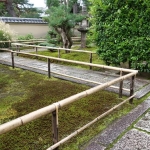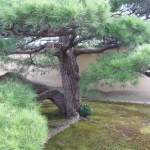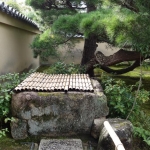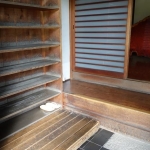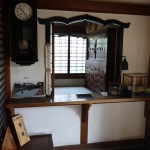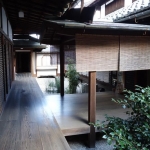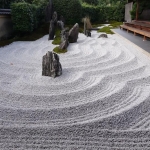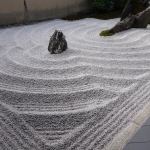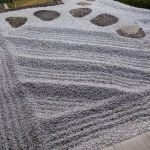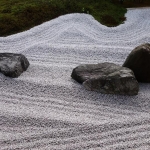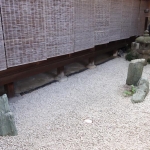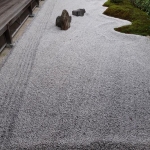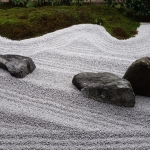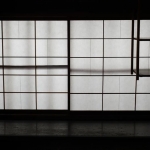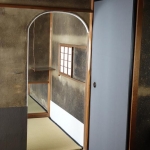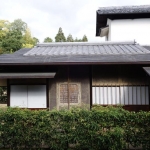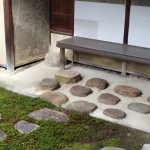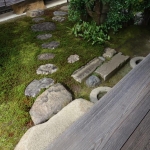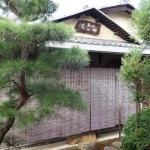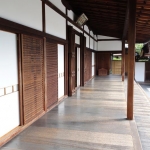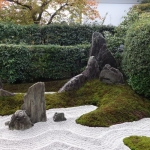Zuihou-in
A winter garden––
the moon also a thread
like the insect’s song
–Bashō
Zuiho-in was dedicated in 1546 by its patron, feudal lord Otomo Sorin, as his family temple.
Shortly after, Japan experienced the first arrival of Spanish and Portuguese Catholic missionaries who attracted a considerable number of converts here in Japan. In addition to the religious experience, conversion to Christianity brought with it potential economic and political opportunities for trade with Europeans, and not a few influential people embraced the new religion.
Otomo converted to Christianity, was christened “Francisco” and was thereafter known as the “Christian Daimyo”. Not long after, Christianity was outlawed in Japan and remained so for over two hundred years.
Though Christianity was never taught at Zuiho-in, this aspect of the life of its founding patron is both honored and respected as a part of Otomo’s legacy. An example of this honoring was the creation of the Garden of the Cross, an amazing blend of Zen and Christian imagery.
As you pass through the gate of Zuiho-in and walk through the semi-formal entry garden, notice that you were turned three times before reaching the temple door. This is a transition device designed to maximize your sense of having “traveled” some distance, thus aiding in your inner, spiritual transition from a public and formal “outer” space to a private and intimate “inner” space.
The temple’s main garden faces the main hall and is a karesansui (dry garden). Designed by Mirei Shigemori in the 1960’s it is characterized by its vigorously raked sand, giving the impression of rough seas. The stone placement is equally vigorous, featuring numerous pointed stones. Whereas flat stones convey a calm and solid feeling, tall pointed stones project a strong and active mood. The combination of the vigorously raked “waves” and the pointed stones infuses this garden with energy.


